I need to add functions to equipment I am not allowed to modify in any way. To do this I need to monitor the status of a Yellow/Amber LED and translate its status into a signal that can be used to turn on or off a loud alarm speaker. I will use a klaxon for the speaker. My issue is that I only want to detect the light from the LED and not have sunlight or florescent lighting turn on the speaker. I would like to be able to still see the original LED, but if necessary to cover it, I could add another LED to the device. I would power from either 5V, 12v, or 24v dc. Any help would be great. Once I get some ideas, I will experiment if necessary.
Thanks,
Bcrumb
- 21
- 1
-
I really don't see any problem. Make an opaque case around the LED and put a photodetector inside. And trigger with its signal whatever you want. – Eugene Sh. Sep 02 '15 at 19:34
-
Ahh, can't you just measure the voltage across the LED? – George Herold Sep 02 '15 at 20:00
-
@GeorgeHerold That would be a modification -- not allowed. – tcrosley Sep 02 '15 at 21:37
2 Answers
I agree with Eugene Sh - cover the LED with an opaque tube and put a phototransistor inside. You'll want to ensure that it is tuned to the visible light spectrum as opposed to IR, which many are (for IR remote control applications). Something like the Vishay TEPT5600 would be ideal. Here is a starting point circuit for you:

simulate this circuit – Schematic created using CircuitLab
Q1 is the phototransistor - when enough light strikes it it will start to pull the gate of M1 up to 5V, turning it on. M1 is chosen to have a relatively low threshold voltage (2.1V) so it should be easy enough to turn on hard, switching on D1 (your new indicator). R1 allows you to set the sensitivity.
Since I don't know anything about the Klaxon you are hoping to drive, I've included a relay with a clamping diode D2 which can be used to switch on a separate circuit with its own power supply. You'll need to choose a relay with a 5V coil with a coil current lower than about 400mA, which can switch whatever voltage / current you need for the Klaxon.
If you know what you're doing, you could possibly drive both the LED and Klaxon with M1 simultaneously, but I'll leave that up to you.
- 4,132
- 17
- 41
Here is a simple circuit that should do what you want:
R1 is a light dependent resistor, or LDR. These have a larger response than phototransistors. They are also much slower, but plenty fast enough to detect a indicator LED intended for a human, that will then turn on a siren. That will happen instantaneously in human time.
The resistance of R1 decreases with light shining on it. When this happens, Q1 is turned on, which turns on Q2. That activates the relay and also lights LED D2 as a replacement indicator. That way you can cover up the original LED to avoid the LDR reacting to ambient light, but still have the same visible indicator for humans as before. Wire up the siren so that the relay switches it on when activated.
One important difference between this and the other answer is a little bit of positive feedback. This is what R5 does. When R1 gets just to the threshold, Q1 is turned on a little, which turns on Q2 a little, which causes the right end of R5 to go up a little in voltage. This turns on Q1 a little more, which turns on Q2 a little more, etc. This positive feedback, also called hysteresis, is important to provide positive snap-action. That drives the relay either solidly on or solidly off, and adds some noise immunity from leaking ambient light or whatever.
R1 and R2 form a voltage divider. The circuit is tripped when the output of that divider gets to about 600 mV. With R2 of 10 kΩ as shown, the trip point will be when R1 is about 73 kΩ. Adjust R2 according to whatever LDR you actually end up using.
- 310,974
- 36
- 428
- 915
